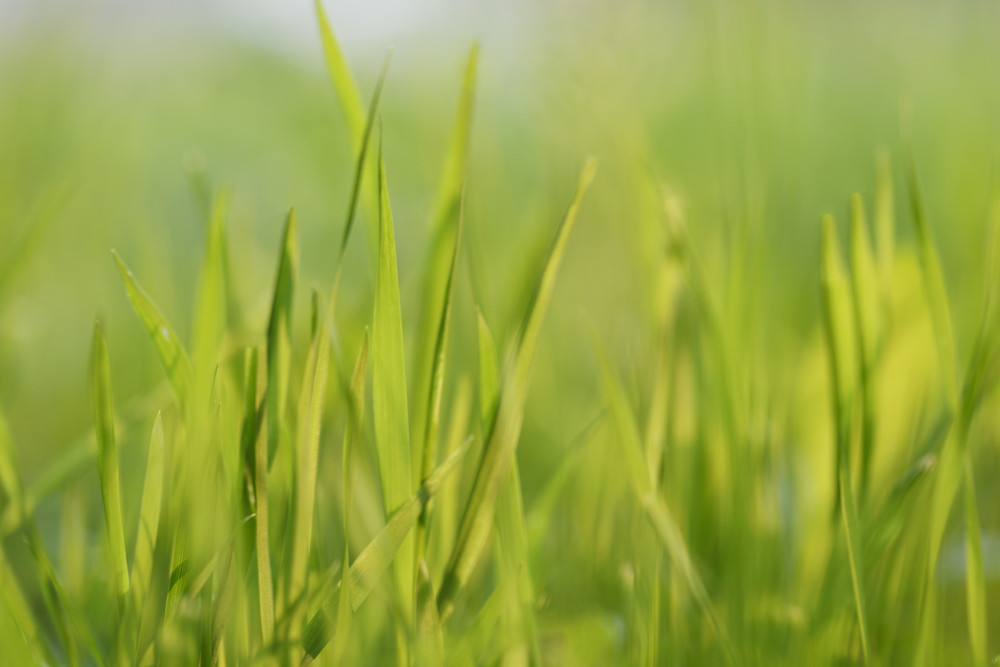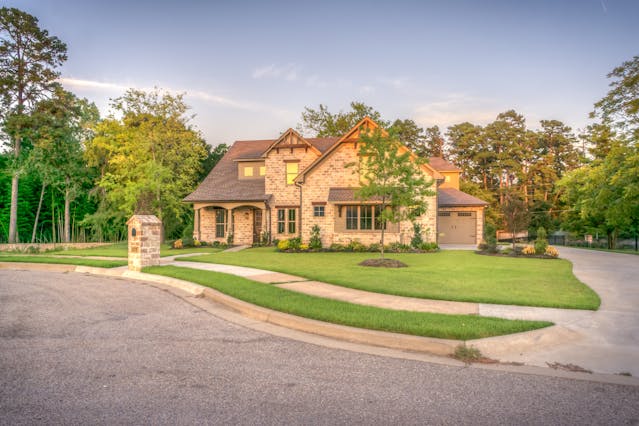Artificial grass installation offers a convenient solution for transforming outdoor spaces, providing a lush and green landscape without the hassle of maintenance associated with natural grass. Here’s what to expect during the artificial grass installation process.
Artificial grass finds extensive use in various settings due to its versatility and durability. It is commonly used in residential landscapes, where homeowners seek low-maintenance lawns that remain green year-round. Additionally, artificial grass is popular in commercial landscaping, rooftop gardens, and playgrounds. In sports facilities, such as soccer fields, football fields, and golf courses, artificial grass provides a consistent playing surface that can withstand heavy use and adverse weather conditions. Moreover, it is employed in indoor spaces like gyms and event venues for aesthetic enhancement and practical flooring solutions, making artificial grass a versatile landscaping and surfacing option.
Firstly, preparation is key. The area where the artificial grass will be laid needs to be properly leveled and cleared of debris. This ensures a smooth and even surface for laying the grass. In San Diego’s dry and arid climate, proper groundwork is essential to ensure the stability and longevity of the artificial grass.
Next, a sturdy base is established. This typically involves laying a layer of heavy gauge type 1 gravel or a fine layer of similar material, which is then compacted to create a solid foundation. In areas like San Diego, where the ground may be prone to shifting due to dry conditions, a well-compacted base is essential to prevent uneven surfaces and potential damage to the grass.
Once the base is prepared, the artificial grass can be laid out. Careful attention is paid to ensuring proper overlap of the edges and joining multiple pieces seamlessly using adhesive tape. This step requires precision and attention to detail to achieve a seamless and natural-looking finish.
After the grass is laid out, sand infill is applied to stabilize the grass and increase its durability. This helps to weigh down the grass and prevent it from shifting or wrinkling over time. In San Diego’s hot and sunny weather, sand infill also helps to keep the grass cool and comfortable to walk on, even during the hottest days.
Finally, the grass is brushed to stimulate the fibers and settle the sand. This helps to create a natural and uniform appearance, ensuring that the artificial grass looks and feels just like the real thing. With proper installation and maintenance, artificial grass in San Diego can provide a beautiful and low-maintenance landscaping solution for years to come.





